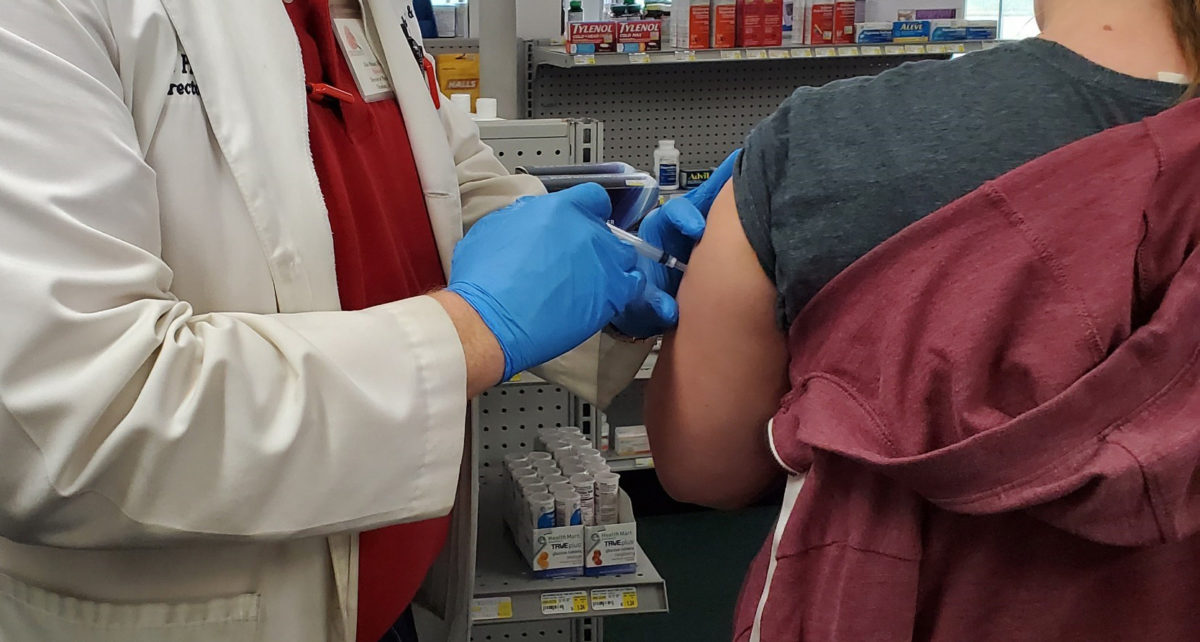Getting a good night’s sleep does more than just keep you alert during the day. Proper sleep is critical to good mental and physical health. Of course sleep helps you concentrate and think more clearly. But research shows that a good night’s sleep is also associated with other positive health outcomes.
Improved brain function is the most obvious benefit of getting enough sleep. In addition to helping you focus better and think more clearly, studies show that those who sleep well are more productive and perform better on mental tasks. Memory improves with adequate sleep, which helps you learn better, improves problem-solving, and allows you to form new insights better.
Healthy sleep patterns, especially during middle age, may also help you avoid dementia as you get older. Mental health issues, such as depression and even thoughts of suicide, are associated with poor sleep quality and sleep disorders, such as sleep apnea and insomnia.
The benefits of bedtime are not limited to the brain, though. Studies show that those who sleep well perform better on physical activities as well as mental ones. Athletic performance, for example, was shown to improve with more sleep. In contrast, functional limitations, such as walking, grip strength, and ability to perform independent activities, was worse for older women who slept less well.
Good quality sleep is essential for other factors associated with chronic illness, too. For example, not getting enough sleep is one of the strongest risk factors for obesity. Adequate sleep helps regulate hormones and other factors that affect appetite and blood sugar (an important factor for those with diabetes), which helps you maintain better weight control.
Getting enough sleep also improves immune function and decreases inflammation. So sleep may be an important part of your therapy if you have an autoimmune disease like myositis, CIDP, myasthenia, and others. Better sleep may also lower your risk for developing serious conditions like heart disease and stroke.
So how do you get a good night’s sleep? Good sleep hygiene is all about putting yourself in the best position to fall asleep easily and sleep well throughout the night. Here are some tips for making that happen:
- Stick to a consistent sleep schedule. Go to bed at the same time every night, and wake up at the same time every morning, even on weekends. Make sure this schedule allows for 7-9 hours of shuteye.
- Unwind with a relaxing bedtime routine. Give yourself 30-60 minutes before tucking yourself in to leave behind the busyness of your day. Take a warm bath, meditate, write in your journal, read…anything that helps you de-stress and feel drowsy. Anything, that is, except activities that involve a blue light-emitting screen.
- Make your bed a device-free zone. Phones, computers, and e-reader devices emit a blue light that reduces melatonin levels in your body, making it more difficult to fall asleep. When you use them before bedtime, they can keep your brain more alert, which also makes it harder to fall asleep. Your phone’s dings, pings, and rings and the light that pops on when notifications come through are also disturbing to your sleep. Best to turn the phone off at night.
- Exercise every day. Thirty minutes of exercise a day not only improves your health and physical functioning, but it can improve sleep quality as well. Being active outside, where you are exposed to natural light, can also help to regulate your sleep cycle. It’s best, however, to avoid vigorous exercise within an hour or two of bedtime.
- Limit caffeine late in the day. Caffeine’s effects can last up to seven hours after your last cup of coffee, making it more difficult to fall asleep.
- Make your sleep space cool, comfy, dark, and quiet. Bedroom temperatures are better when they’re lower than the rest of the house (between 60°F and 67°F). A comfortable mattress, pillows, and bed linens also go a long way in helping you fall asleep and stay asleep. And keep the room dark and quiet (use earplugs if you must) to keep you from waking up.
- Manage your stress before you go to bed. Try not to bring your worries to bed with you. Write down what’s bothering you or make a to-do list for tomorrow so these concerns don’t keep you up at night. Meditation or other relaxation techniques can also calm your mind.
- Save your bed for sleep and sex only. It’s best to avoid working, talking on the phone, watching TV, or other activities when you’re in bed. That way your brain is conditioned to expect to fall asleep when you climb under the covers. Even reading can keep your brain on alert, so it’s better to read in another comfy spot before slipping into bed.
- Avoid tossing and turning. If you have trouble falling asleep, especially if you wake up in the middle of the night, don’t just lie there. If it takes more than 20 minutes to fall asleep, try getting up and doing something relaxing—drink a cup of herbal tea, read a book (on the couch, not in bed), meditate—until you feel tired.
- Limit daytime naps. Napping during the day can make it harder to fall asleep and stay asleep during the night, especially for older people. If you must nap, don’t do it late in the day, and limit it to 30 minutes or less.
- Prioritize sleep. While it’s tempting to work, study, socialize, or exercise late into the night, burning the midnight oil is not a good idea. It’s important to treat sleep as a priority in the same way you do eating three healthy meals every day.
- Avoid these things: consuming alcohol in large quantities, eating a large meal late in the day, or smoking at any time. All of these activities cause sleep disruption.
Falling asleep and staying asleep can be a problem for some, especially when you’re taking certain medications, such as prednisone. If you’ve tried these tips but sleep continues to be a problem, discuss this with your doctor. He or she can help you figure out whether an underlying medical condition is causing your sleep issue and work with you to solve it.







